Supreme Court Upholds Abrogation of Article 370: A Legal Breakdown
- ByAdmin --
- 30 Jun 2025 --
- 0 Comments
The Supreme Court’s recent verdict affirming the abrogation of Article 370 marks a landmark decision in India’s constitutional and political history. Article 370, which granted special status to the erstwhile state of Jammu & Kashmir, has been a focal point of legal, political, and social debates since its inception. This article provides a structured breakdown of the legal reasoning behind the judgment and its broader implications.
Background of Article 370
Article 370 was introduced in the Indian Constitution under Part XXI, titled “Temporary, Transitional and Special Provisions.” Drafted in the context of Jammu & Kashmir’s unique accession to India in 1947, the article conferred significant autonomy to the state. Key provisions included:
- Exclusive Rights: Jammu & Kashmir had its own constitution and decision-making authority over all matters except defense, foreign affairs, communications, and ancillary subjects.
- Presidential Orders: Any extension of Indian laws required concurrence from the state government.
- Temporary Nature: The temporary nature of Article 370 was highlighted by its inclusion in Part XXI.
Legal Issues Examined
The abrogation of Article 370 was achieved on August 5, 2019, through a Presidential Order under Article 370(1)(d) and a resolution passed by the Parliament. Several legal questions arose, prompting challenges in the Supreme Court:
- Constitutional Validity of the Presidential Order: Critics argued that the order bypassed Jammu & Kashmir’s Constituent Assembly, which ceased to exist after 1957.
- Role of the Jammu & Kashmir Legislature: With the state under President’s Rule, the role of the legislature was effectively performed by the Indian Parliament.
- Alteration of State Boundaries: The reorganization of Jammu & Kashmir into two Union Territories under the Jammu and Kashmir Reorganisation Act, 2019, raised questions about federal principles.
Supreme Court’s Reasoning
The five-judge Constitution Bench delivered a unanimous verdict, citing the following points:
- Interpretation of Article 370(3):
- The Court clarified that Article 370(3) empowers the President to declare the article inoperative, provided a recommendation from the Constituent Assembly is obtained.
- Since the Constituent Assembly ceased to exist, the Court interpreted that the Parliament’s role as the legislature of Jammu & Kashmir under President’s Rule sufficed.
- Temporary Nature:
- The Court noted that the title of Article 370 as a “temporary provision” implied its eventual cessation.
- The lapse of the Constituent Assembly was seen as removing the procedural hurdle for abrogation.
- Doctrine of Necessity:
- The Court invoked the doctrine of necessity to uphold the Presidential Order, emphasizing the need to address contemporary realities in Jammu & Kashmir.
- Federal Structure:
- While acknowledging the sensitivity of altering state boundaries, the Court held that the reorganization was within the framework of the Constitution under Article 3
Implications of the Verdict
Political and Administrative:
- Jammu & Kashmir and Ladakh now operate as Union Territories, centralizing administrative control.
- Political voices in the region have called for restoring statehood and special status.
Legal Precedents:
- The judgment sets a precedent for interpreting temporary constitutional provisions and their adaptability to changing political contexts.
Federalism:
- While the verdict reinforces parliamentary supremacy, it raises questions about the balance between central authority and regional autonomy.
Criticism and Concerns
Despite the Supreme Court’s endorsement, the decision has not been without its detractors. Critics argue:
- Erosion of Federalism: The move undermines the spirit of cooperative federalism.
- Lack of Regional Consultation: The absence of consultation with local stakeholders has been a point of contention.
- Impact on Rights: Concerns persist about civil liberties and democratic processes in the Union Territory.
Conclusion
The Supreme Court’s decision to uphold the abrogation of Article 370 is a significant moment in India’s constitutional trajectory. While it underscores the dynamic nature of constitutional provisions, it also highlights the tensions inherent in balancing national integration with regional autonomy. As Jammu & Kashmir navigates its new reality, the broader implications of this verdict will continue to shape India’s political and legal landscape.

























































































































































































































































































































































































































































































































































































































































































































































































































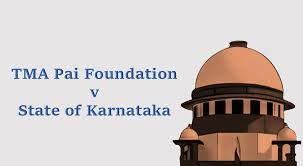


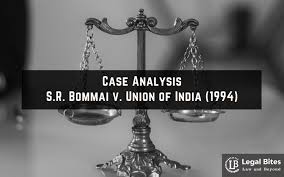





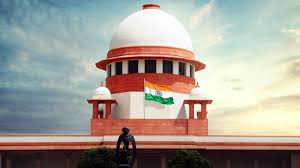


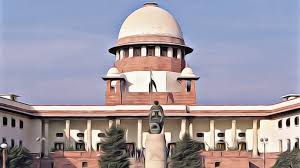

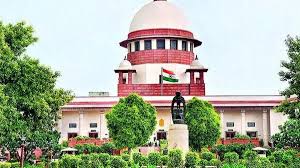









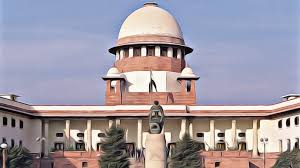




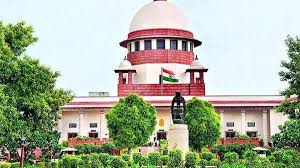



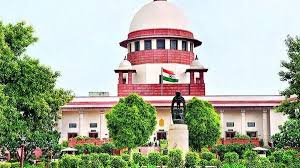
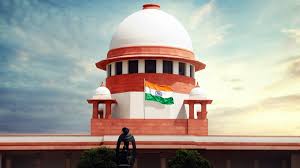



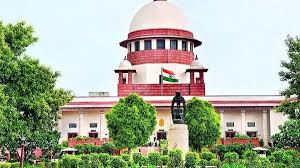
















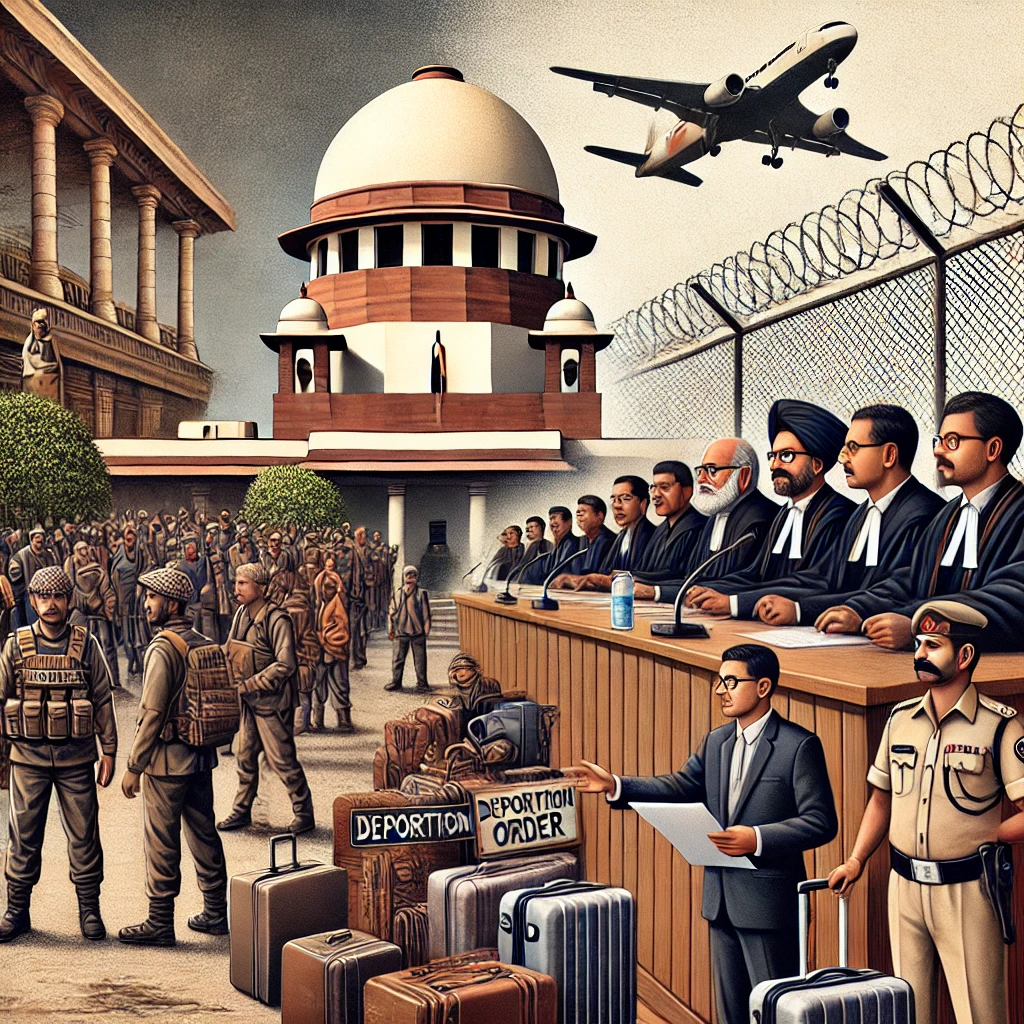
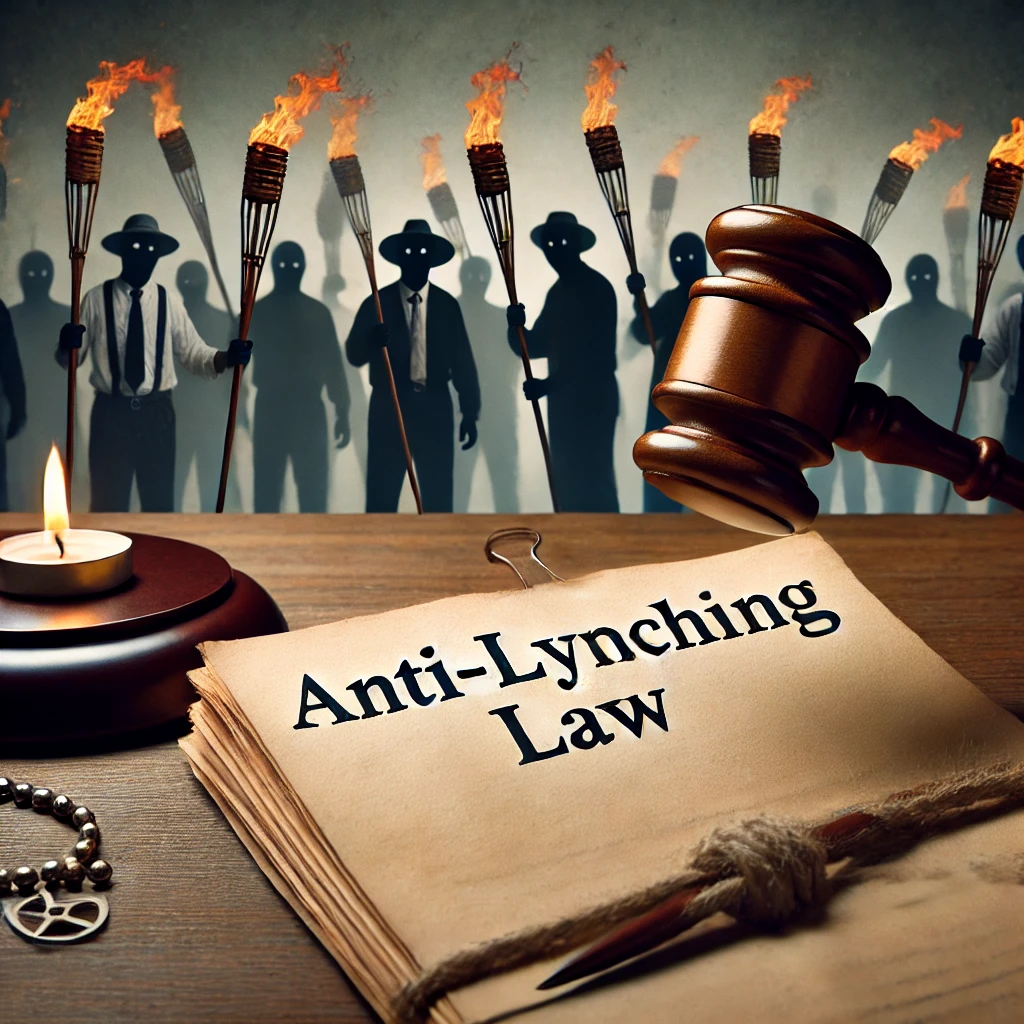
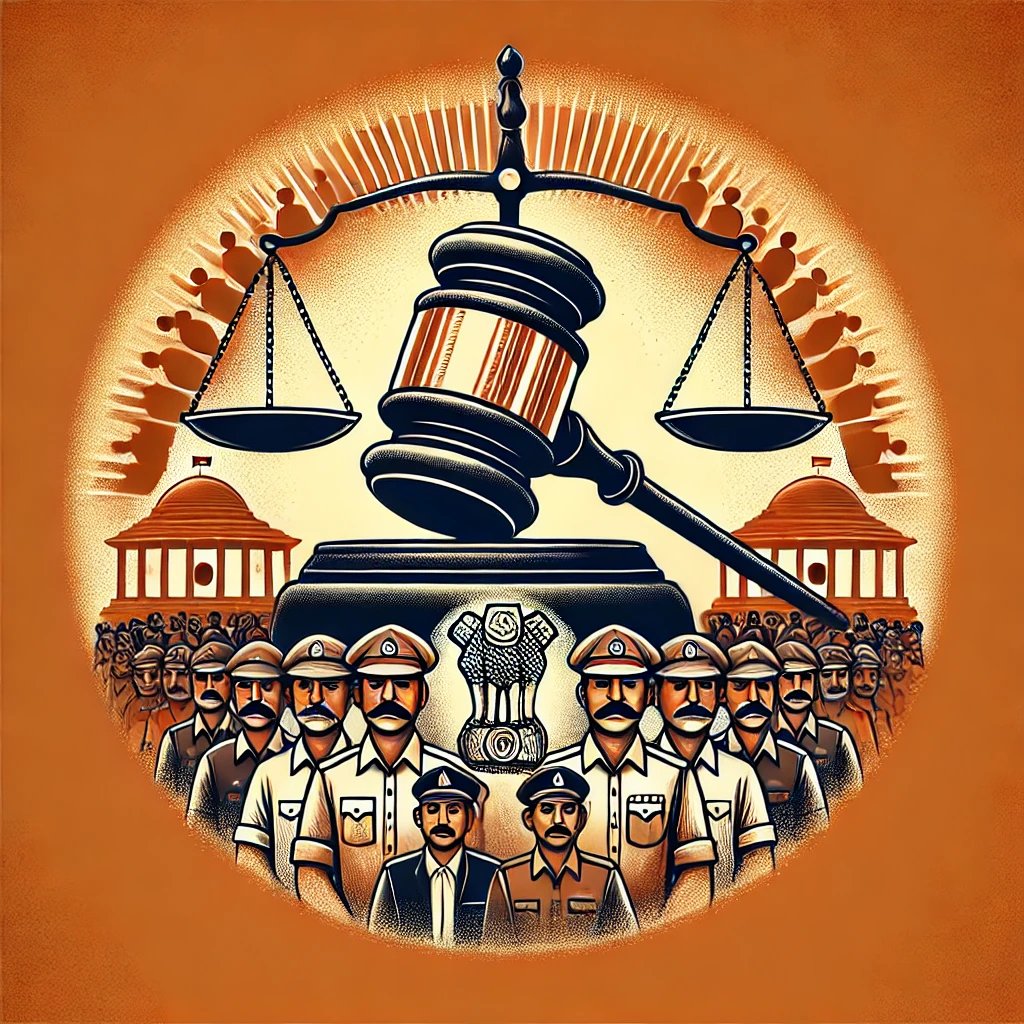

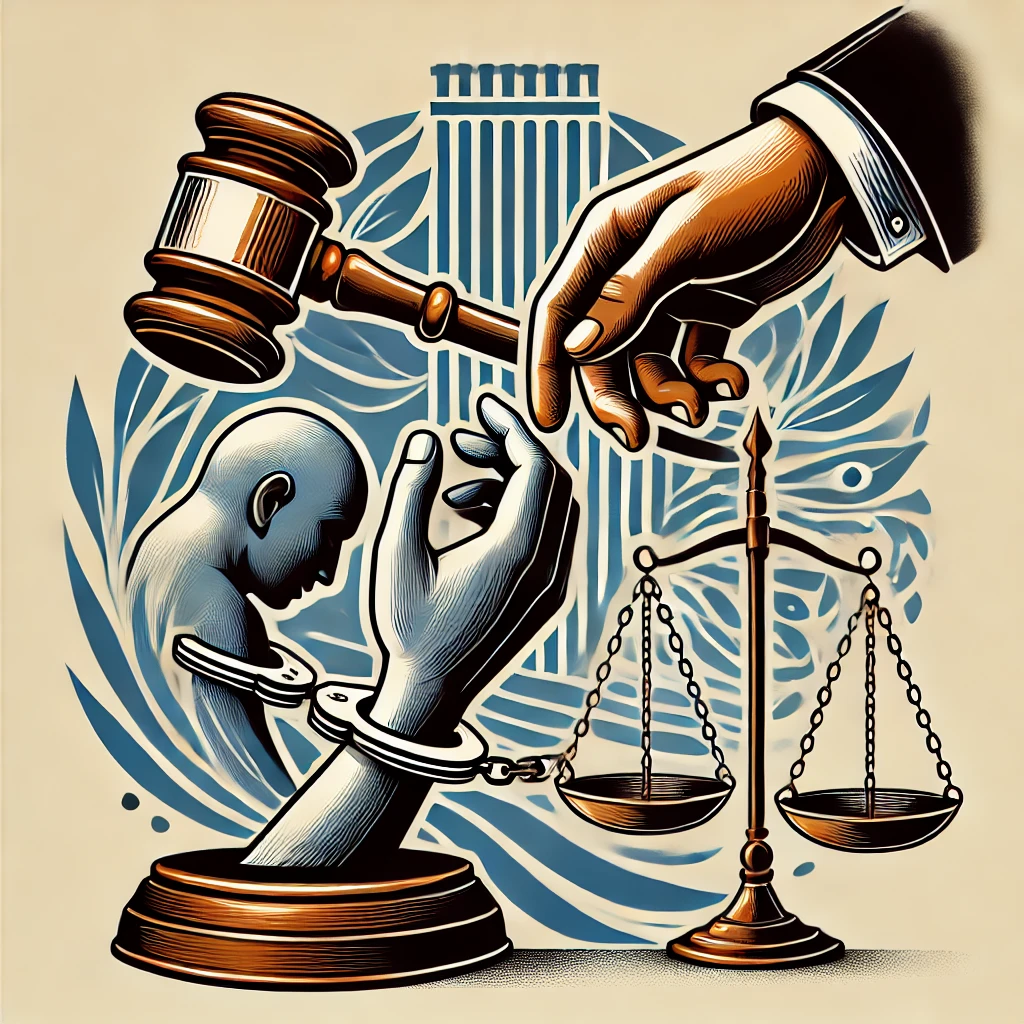
















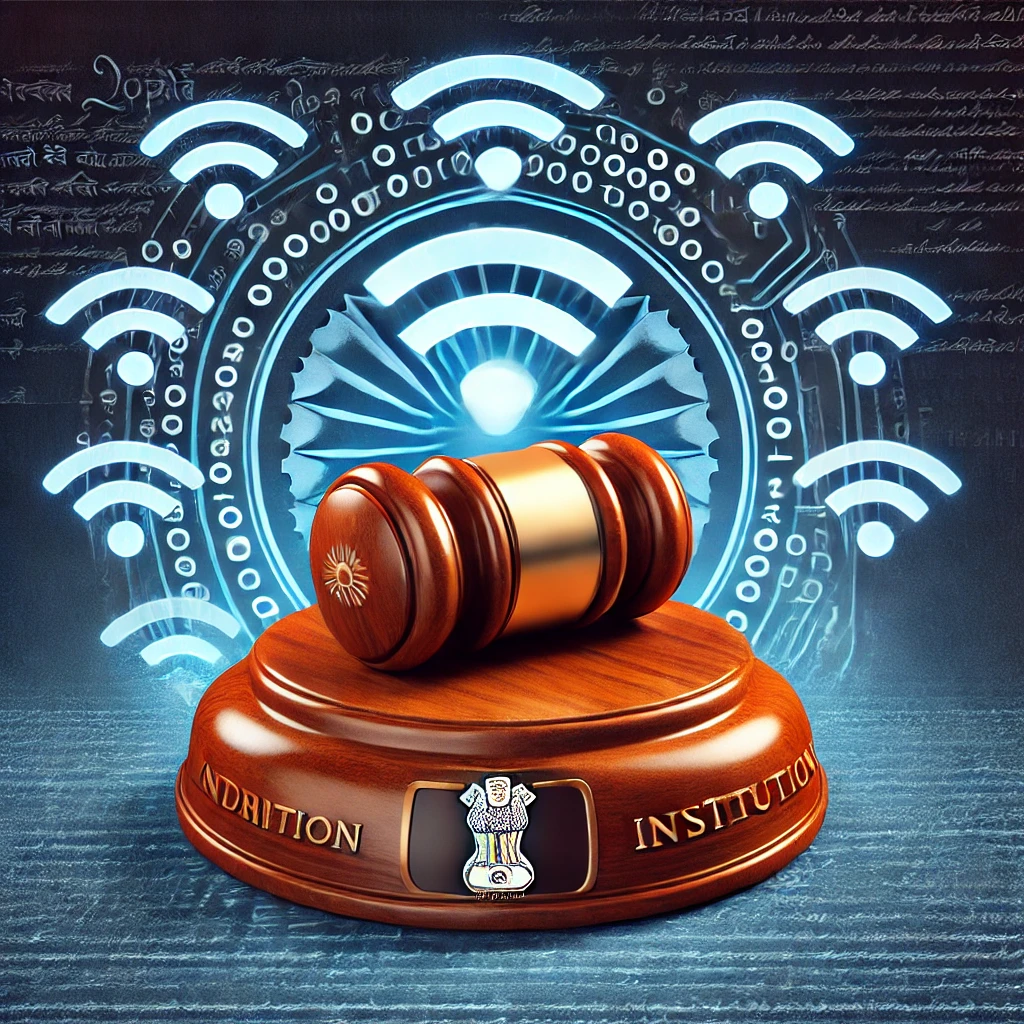
















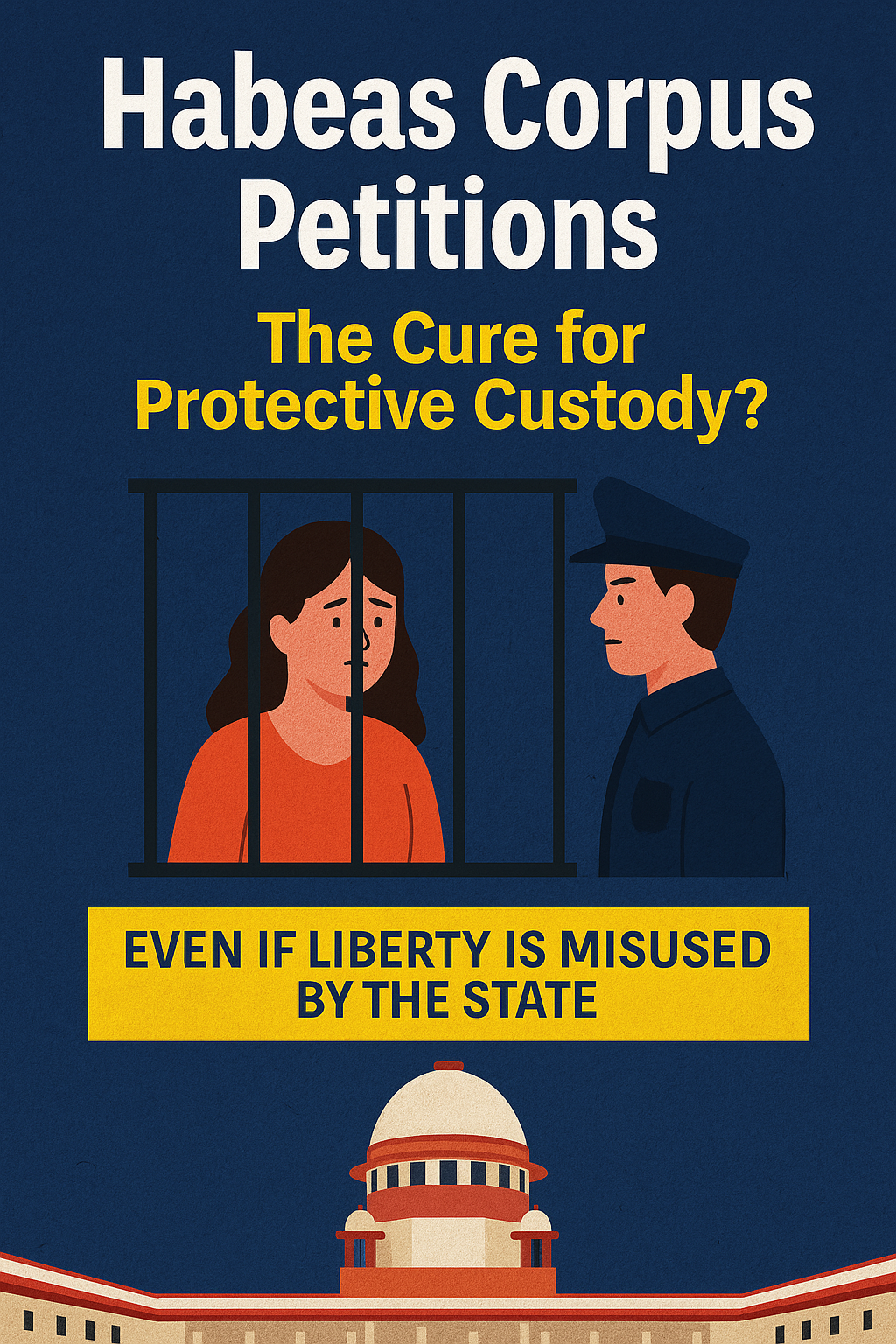









0 comments